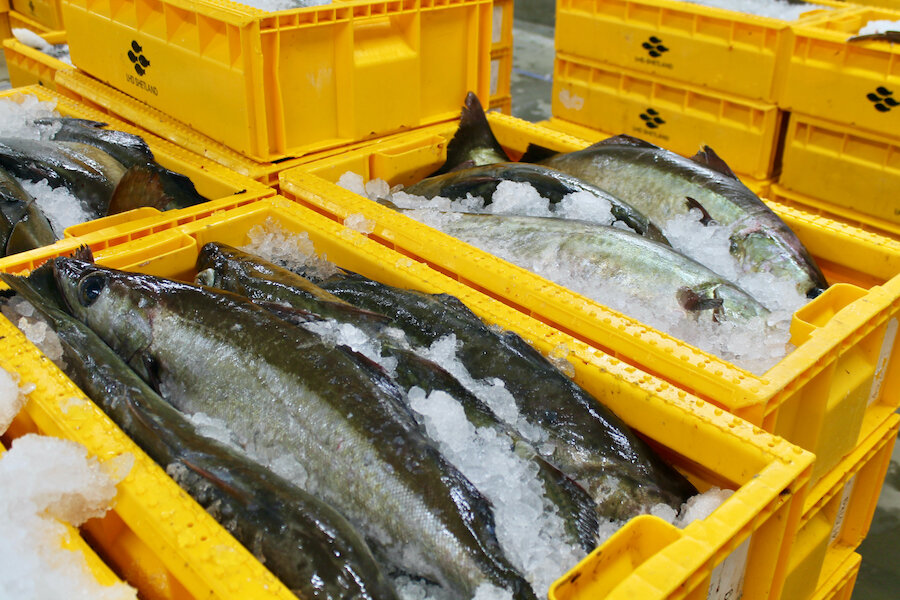If you've been lucky enough to spend any length of time in Shetland in the summer months you'll have heard mention of the summer mackerel season and if you know a bit about our history you will know the role the herring season played in the growth of a nation building industry. Scottish and UK dominance of the herring fisheries was late in coming, but revolutionary in the economic independence it brought for the herring lasses who followed the season, starting in May in Shetland and gradually moving southwards with the fish, till they reached Lowestoft in December.
The golden age of the silver darlings has long-since faded to sepia-tint memories, but Shetland still lies right at the heart of Europe’s richest fishing grounds. In terms of volume, almost half the wild-caught fish landed in the UK is caught within one hundred nautical miles of Shetland. Lerwick, Scalloway and Cullivoe all rank in the UK’s top 15 fishing ports for whitefish landings.
The industry is of enormous importance to the local economy and Shetland’s fishing fleet boasts over 170 commercial fishing vessels. They range from the smallest of single-handed, inshore craft to some of the world’s most modern and technologically advanced vessels, such as the 75.4 metre, pelagic trawler, the Zephyr, launched in 2019 – the avant guard face of a 21st century hunt for the silver darlings.



